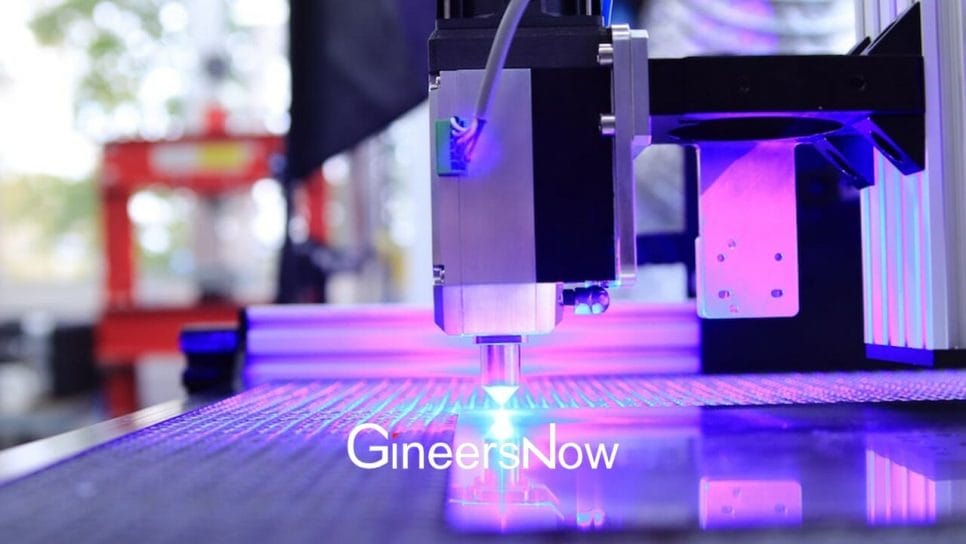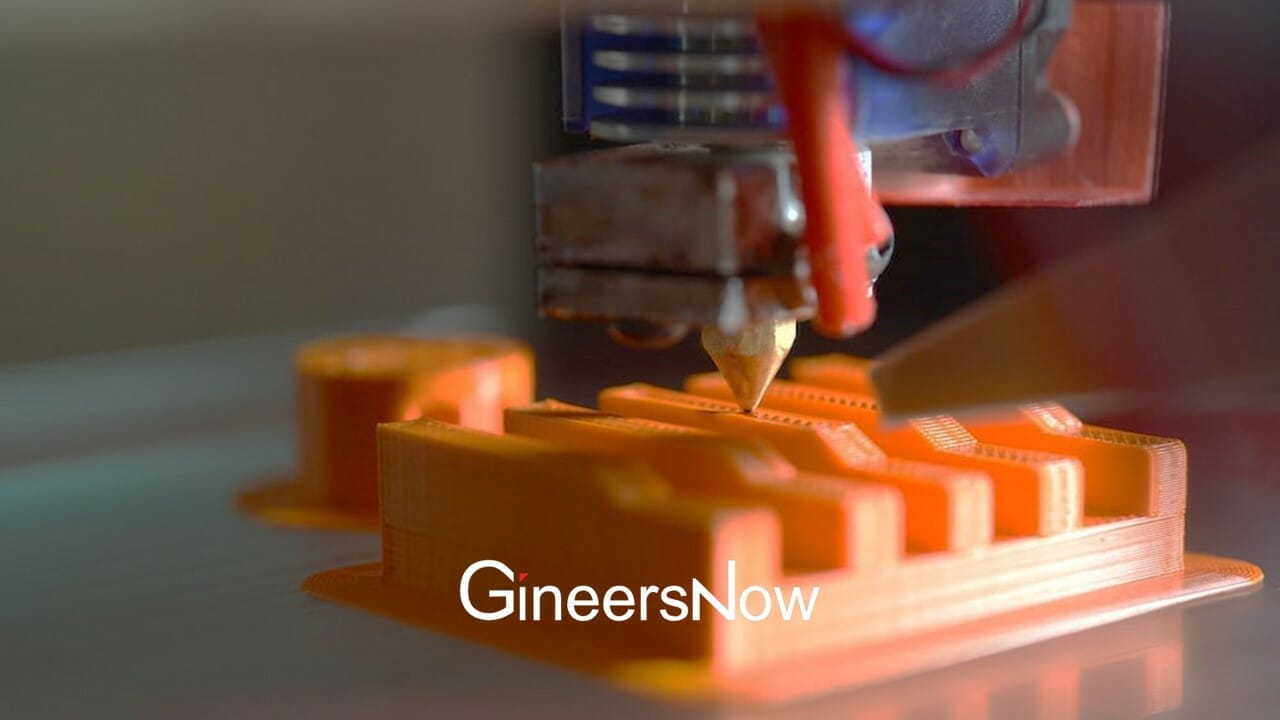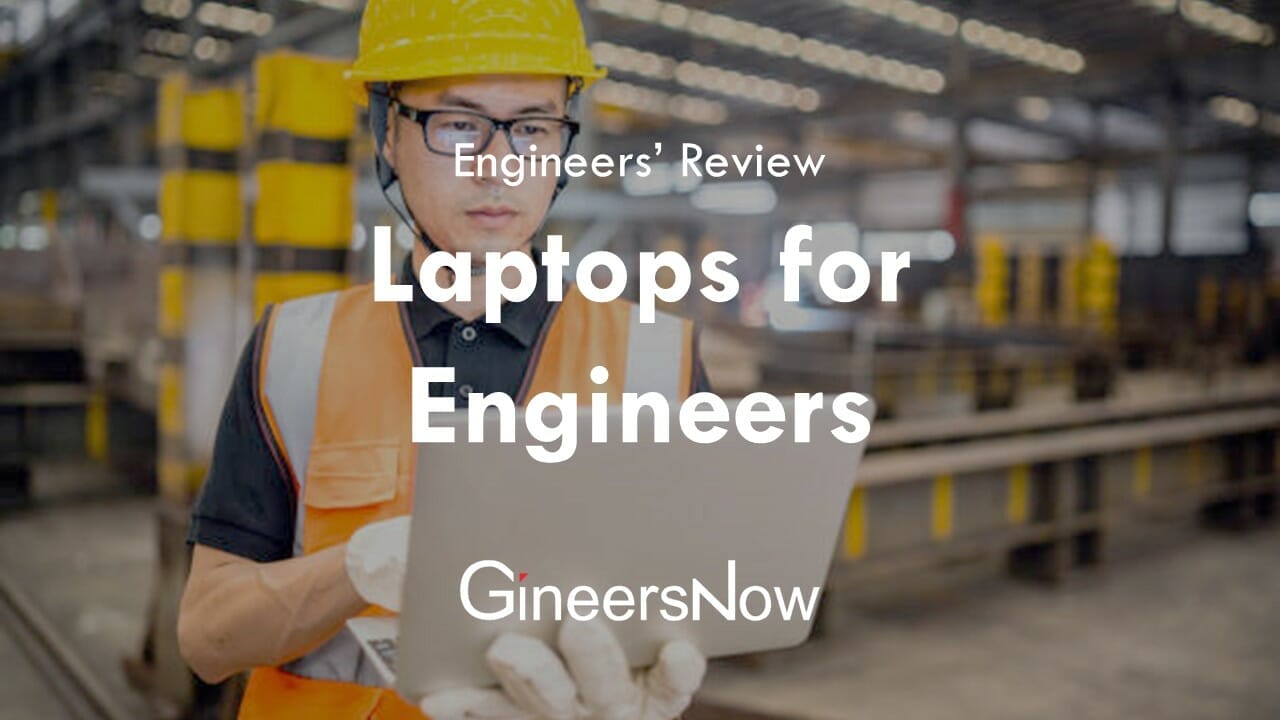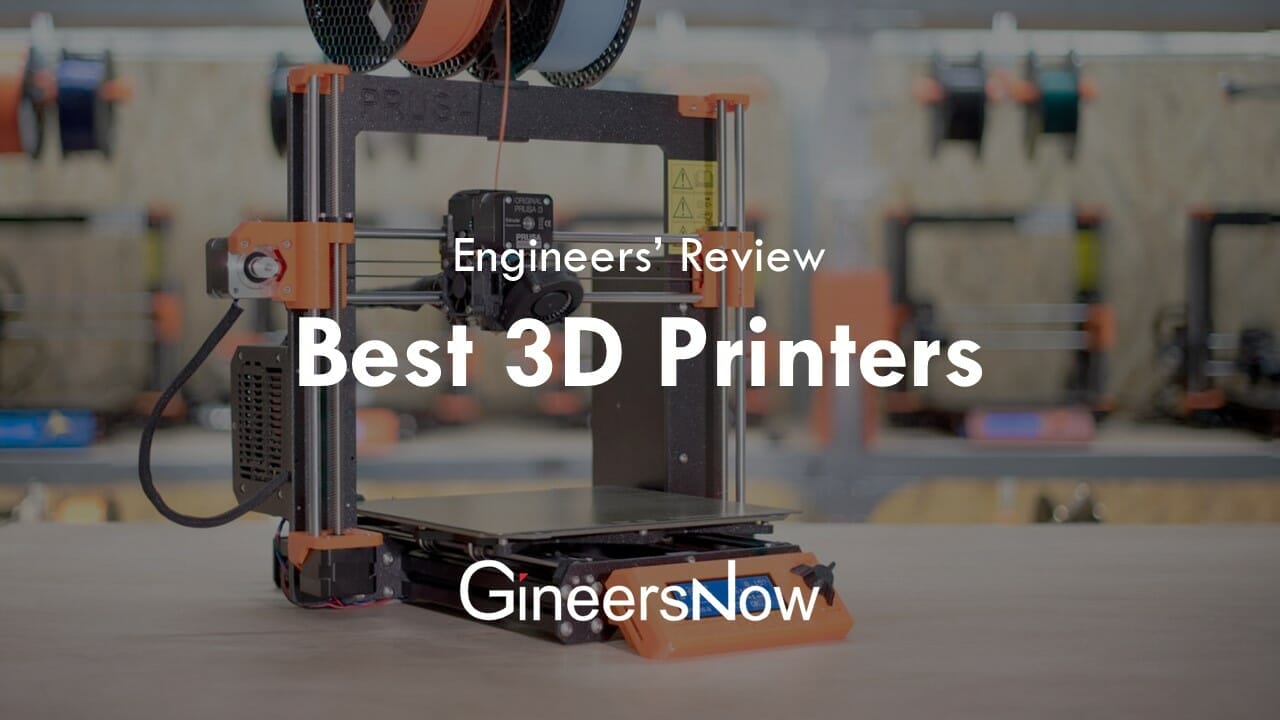In the 2018 hit-comedy Ocean’s 8, the protagonists had to swap out priceless jewels with amazing 3D printed replicas. In fact, similar replicators have been at the forefront of many movies and TV shows for decades. In the real world, however, additive manufacturing (AM) has experienced a much slower rise to prominence. Now, more than 40 years after the first commercial AM machines were developed, the industry is enjoying an annual growth rate of almost 22%. The next year is promising to be an exciting one, especially as far as 3D printing is concerned, thanks to additive manufacturing playing a vital role in the predicted manufacturing renaissance. Here’s a closer look at the recent rise of 3D printing as we know it.
Swift Prototyping Saw the Light
3D printing has countless applications. It is widely used for everything from tools, jigs, and fixtures to parts used in construction, aeronautical engineering, and general production. It is also being used extensively in healthcare, especially in the manufacturing of customized medical tools such as clamps, forceps, retractors, and hemostats. AM has improved every step of the product development process, from prototype design all the way to large-scale production and distribution. When implemented during such large-scale production, AM can result in improved lifetime management. In recent times, a distinct shift has been made from capability to capacity. In the near future, 3D printing applications will impact new product introduction to the point where it will no longer be required to decrease the volume in order to reach price points.

Improved Flexibility Results in Increased Customization
According to the team at Proto3000.com, the factories of the future have arrived, reinventing the way we imagine, design, test, and manufacture. It is ready to leverage additive manufacturing to offer customers the personalized products they demand. 3D printing is being used to boost a brand’s responsiveness via the AM design. There are various benefits to actively implementing this approach to modern-day manufacturing processes. It becomes easier to make intelligent market predictions, design and engineering teams are able to rapidly alter design concepts, and budget-friendly innovation can take place as soon as inspiration strikes.
The Supply Chain Became More Resilient
The Covid-19 pandemic showed us just how volatile global supply chains could be. Although many industries were impacted, medical equipment and healthcare were undoubtedly hit the hardest. Traditionally, resilience has always taken a back seat to cost and efficiency. Now, in the aftermath of the pandemic, industries are making a concerted effort to build stronger, more resilient supply chains. AM made a colossal difference at the height of the pandemic when ventilator parts and basic PPE were in very short supply. Face shields were manufactured using 3D printers and soon became a staple among medical personnel and the general public.
Additive manufacturing and 3D printing, in particular, are revolutionizing production processes across the globe. Product developers and manufacturers can now manage their product lines a lot better all the way from the inception stage to end-of-life.












